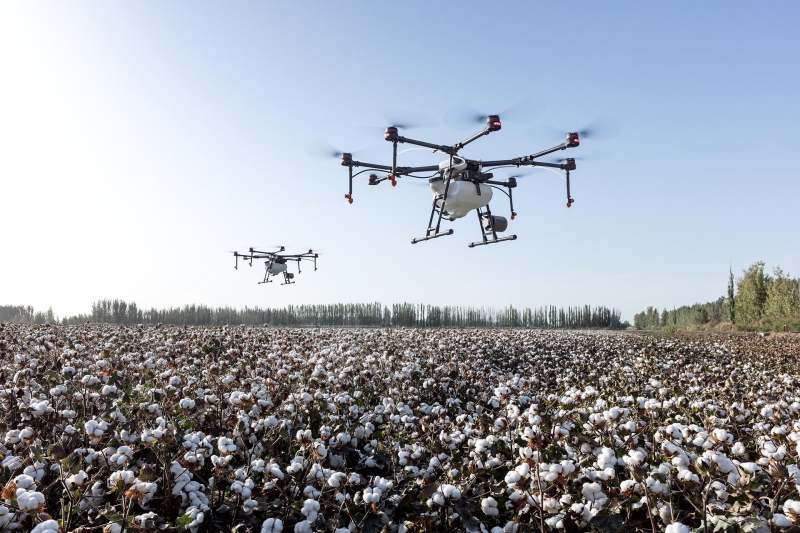The agricultural industry is developing fast. With new and emerging technologies on the rise, industrial agriculture continually strives to incorporate sustainability and efficiency into its operations. Although the industry produces significant pollutants, including animal waste, chemical fertilizers, pesticides, and other agricultural inputs and byproducts, incorporating new technologies, such as drones, helps to mitigate the hazardous pollutants associated with industrial agriculture. In addition to mitigating environmental harm, incorporating sustainable technology into agricultural practices can improve water conservation and bolster efficiency.
 However, realizing both the environmental and operational benefits associated with these technologies depends on how quickly they can be integrated into standard agricultural practice. As farmers across the United States seek to utilize drones in their transition toward sustainability, federal legislation serves as a major impediment to the successful incorporation of this technology into the agricultural sector.
However, realizing both the environmental and operational benefits associated with these technologies depends on how quickly they can be integrated into standard agricultural practice. As farmers across the United States seek to utilize drones in their transition toward sustainability, federal legislation serves as a major impediment to the successful incorporation of this technology into the agricultural sector.
In recent years, drone use has risen significantly due to declining costs and increased accessibility. For farming in particular, drones lower input costs and increase productivity. Prior to drone usage, satellite imaging served as the primary avenue for monitoring vast crop areas. Unfortunately, satellite imaging is imprecise, expensive, and subject to variable factors like weather. In contrast, drones can be outfitted with a wide array of sensors to fit a farmer’s specific needs. For example, some drones can pick out healthy plants from unhealthy ones by comparing color differences that are undetectable to the human eye.
In addition to increasing the efficiency of crop yields, drones also serve to mitigate pollutants from industrial fertilizer and pesticides. By scanning the ground and spraying chemicals precisely where they are needed, drones dramatically reduce the amount of agricultural runoff produced by over spraying.
Despite these benefits, federal legislation inhibits the complete integration of drone technology into standard agricultural practice. According to the beyond-visual-line-of-sight mandate under the FAA Modernization and Reform Act of 2012, drones cannot fly any higher than 50 feet above the ground or at a distance greater than 400 feet laterally of the nearest obstacle. However, for most farms in rural areas, drones do not pose a risk to surrounding buildings or pedestrians on the ground. In this regard, passing blanket legislation against unmanned aerial vehicles limits how farmers can employ drone technology in agricultural practices.
Drone technology has the capacity to improve both sustainability and efficiency, and will likely shape the future of farming. However, attempting to fully realize the benefits of drone technology in agriculture is impeded by federal regulations. In order for new and emerging technologies like drones to become fully incorporated into agriculture, the federal government needs to modify its restrictions on drones. Until then, farmers will continue to face an uphill battle in seeking to employ more sustainable and efficient technology.
To learn more about the challenges facing drone use and other technological innovations in agriculture, please join us on March 31 for an ELI webinar, “Technology & Agriculture: A New Age of Sustainability?”
